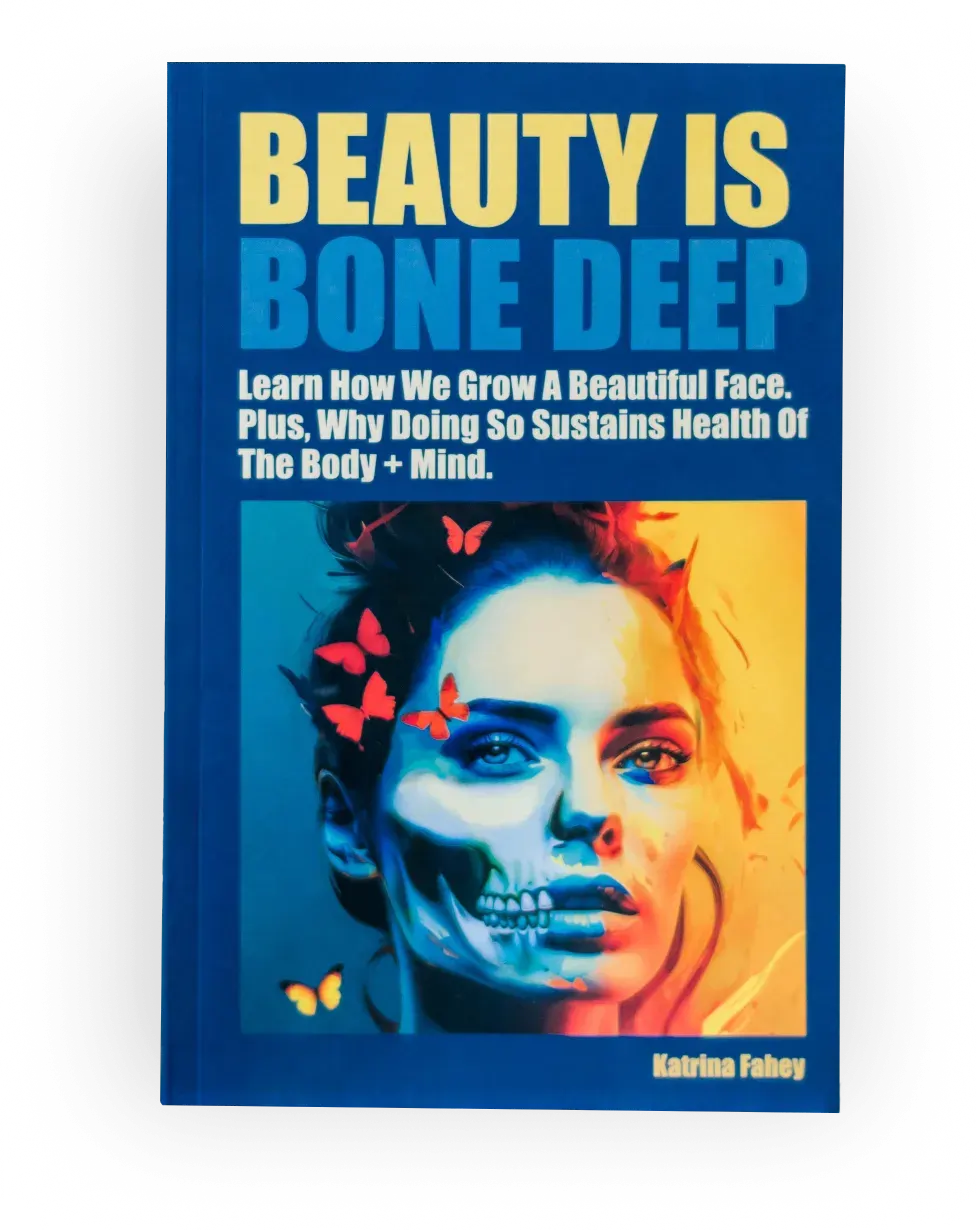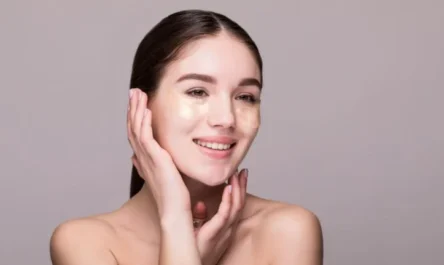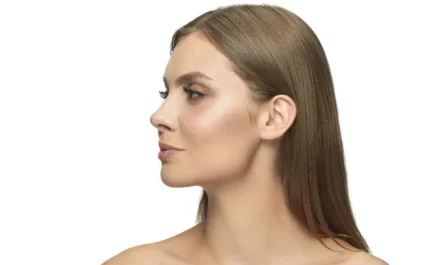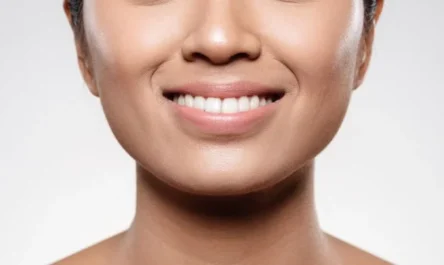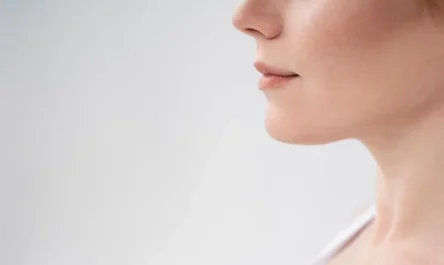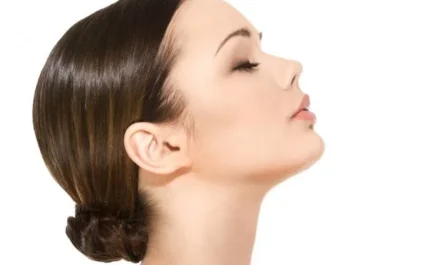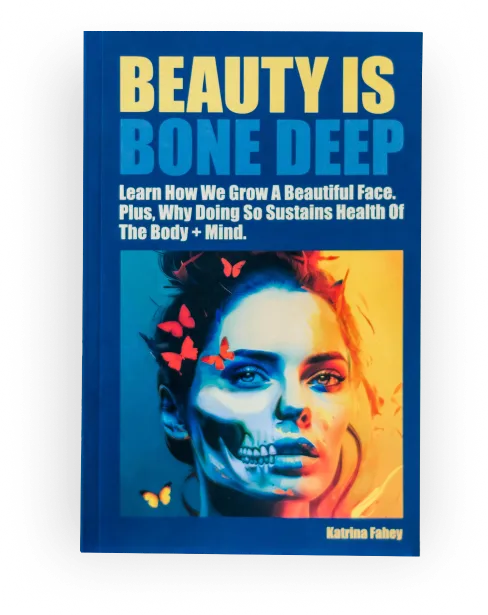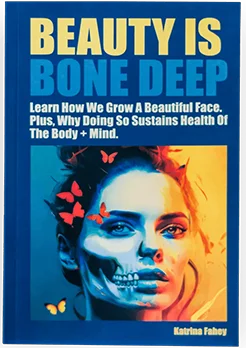Breathing Easier
Two of the most important things you do are breathe and sleep. Naturally, the size and shape of your mouth will determine your ability to breathe easier and sleep better.
Over the past decade, scientific research has revealed that nasal breathing not only enhances overall health, but is linked to improved craniofacial structure consequently contributing to higher attractiveness. As a result, more people are exploring mouth-taping techniques to train themselves to breathe deeply and slowly through their noses. This interest to improve breathing has been fuelled by numerous scientific studies conducted over the past decade which have unveiled the multifaceted benefits of breathing properly, via your nose.

Common barriers to proper breathing
Many people experience difficulties with nose breathing due to various reasons and nasal blockage can be caused by different disorders such as:
- Allergies
- Deviated septum
- Asthma
- Nasal polyps
- Genetics
- Poor oral habits
- Sinusitis

As a result of an inability to nose breathe, you may start breathing through your mouth, which eventually leads to long face syndrome. It’s also commonly called a mouth breather face, or adenoid face.
With this being said, mouth taping does nothing to help you if you have incorrect tongue posture since your upper jaw and nasal cavity are already robbed of the necessary muscular structure support and width to draw the nasal passage open and facilitate exclusive nasal respiration.
Put simply, if you have a problem with keeping your lips together, there is a reason. Not having a lip seal during the day or night is an indicator of a reliance on oral breathing. It’s not so much the breath’s route that influences facial form, but rather the differences in musculature posture and dental occlusion between the two respiration styles that do.
Breathe Easier
Given that breathing is involuntary (in that your autonomic nervous system controls breathing) most people don’t pay attention to how it occurs. It is just something that happens and we pay little attention as to how without giving much thought to the facial pros and cons of breathing through your nose instead of your mouth.
Nasal breathing naturally coincides with holding your jaws closed, allowing your tongue to rest touching the roof of your mouth. It is this correct posture that allows your tongue to mould and grow your top jaw from the inside. Surprisingly, little force is required in order to develop the roof of your mouth with your tongue as the simple consistent gentle pressure and interaction between your tongue and palatine bones contribute to this process just fine.
This connection between your tongue and mouth roof plays a crucial role in facial attractiveness by supporting the growth of your maxilla and interestingly, stimulating the roof of your mouth also helps expand the size of your upper airway as it shares the same architecture as your nasal cavity floor.
Alternatively, oral breathing keeps your tongue in a low-lying position to move air through your throat. This change in muscular structure robs your midface of internal support, allowing it to sink inward, resulting in a weaker facial framework, a droopy or small face, and what most people consider, flawed facial features.
Additionally, your teeth do not meet in occlusion (touching) further weakening your skeletal support and encouraging your facial growth pattern to become vertical and lax rather than forward and broad.

